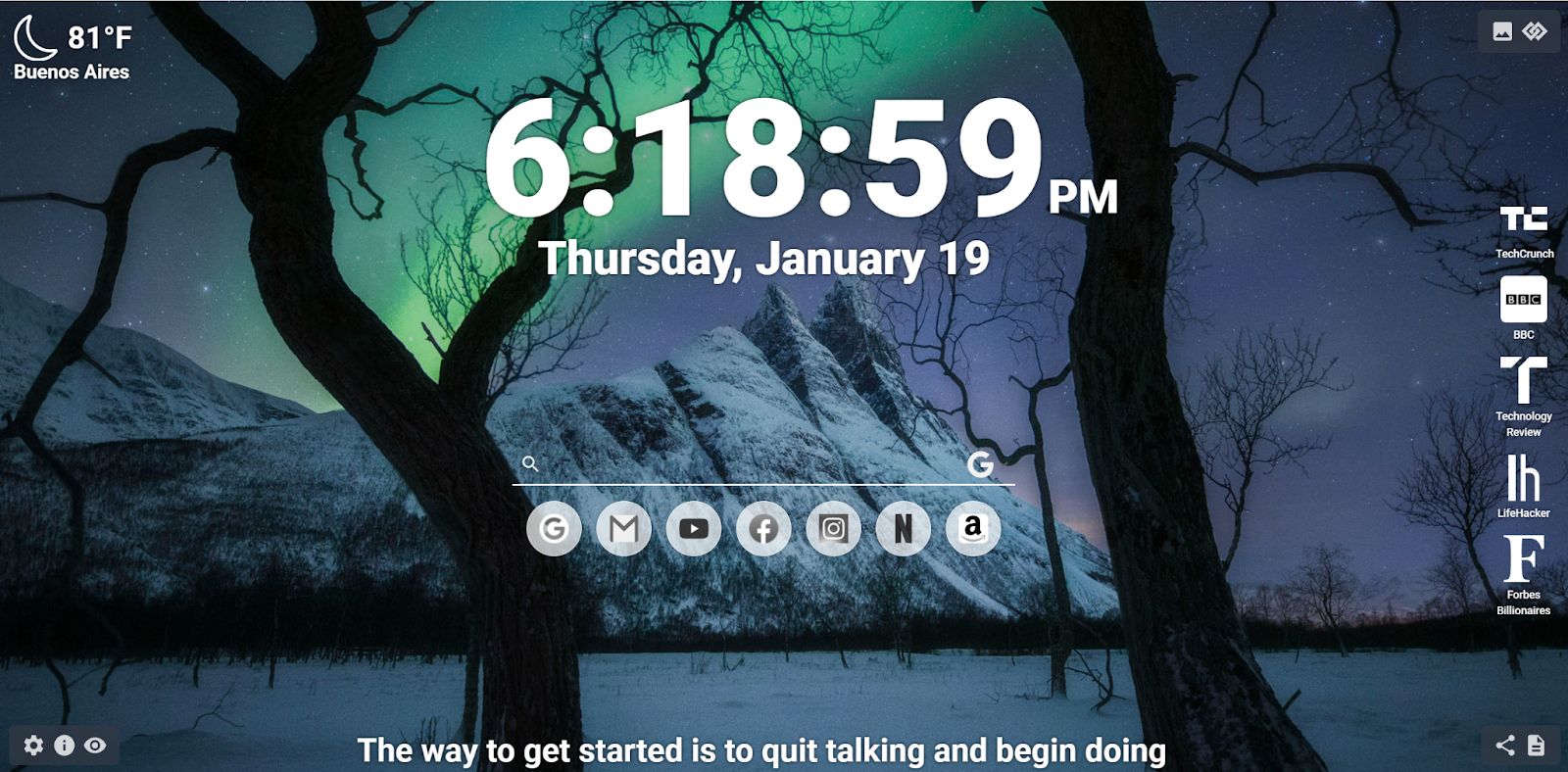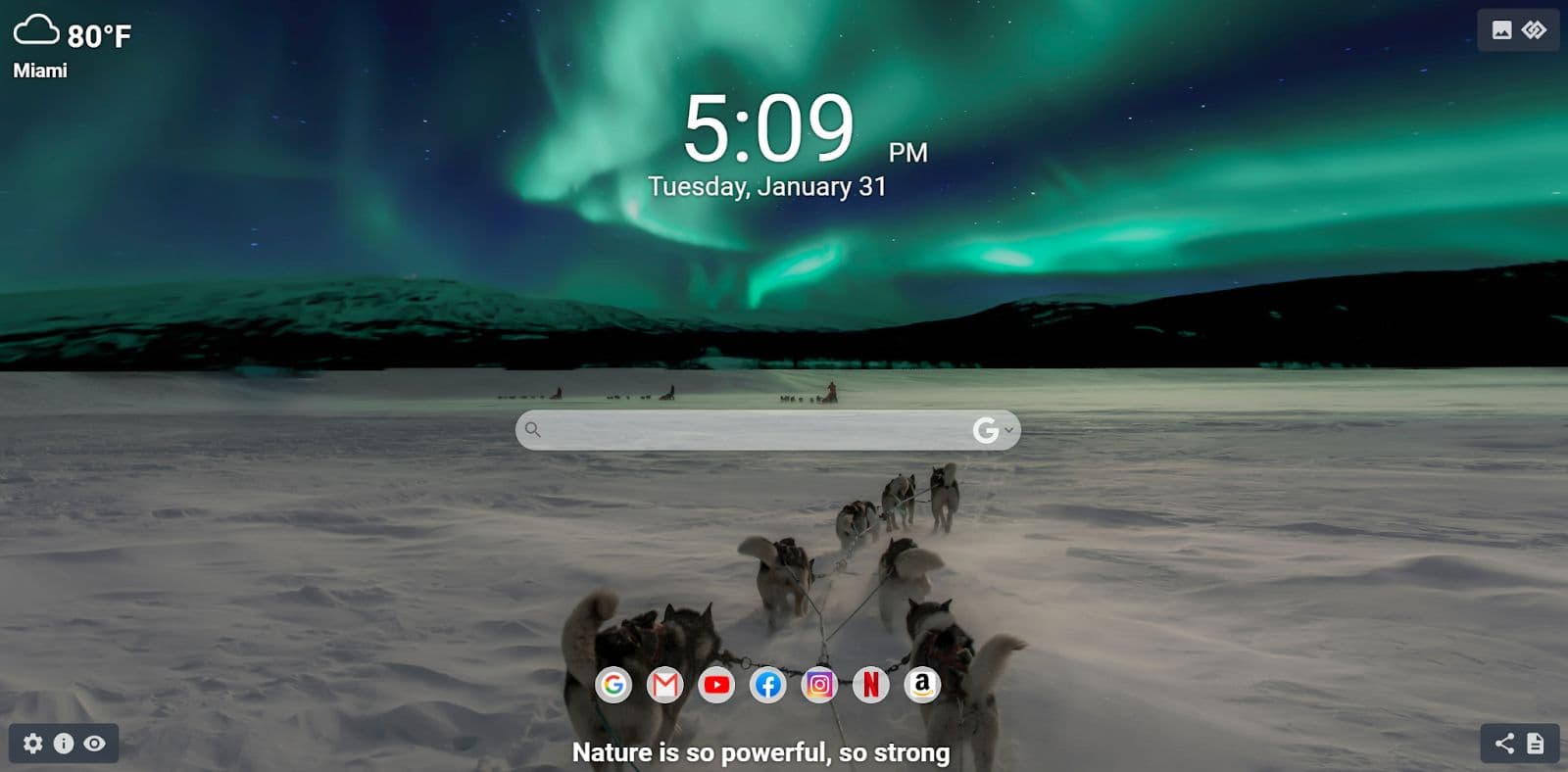Unraveling the Mysteries of the Aurora: Nature's Mesmerizing Light Show

Introduction
The natural world is an enchanting tapestry of wonder, offering us breathtaking displays that inspire awe and curiosity. Among these dazzling phenomena is the Aurora, a captivating light show that graces the polar skies. For millennia, humans have marveled at the beauty of this celestial spectacle, often attributing it to the work of gods or supernatural beings. However, with advances in scientific understanding, we now comprehend the fascinating physics behind the Aurora Borealis and Aurora Australis. In this blog, we will embark on a journey to explore the underlying causes of this extraordinary display of light and unveil the secrets of this ethereal dance. And makes sure to enjoy the wonderful Aurora experiences on the Aurora MeaVana.
What is the Aurora?
The Aurora, also known as the Northern Lights (Aurora Borealis) or Southern Lights (Aurora Australis), is a natural light display that occurs predominantly in high-latitude regions near the Earth's magnetic poles. This dazzling phenomenon typically presents itself as shimmering, luminous curtains of green, red, pink, blue, and purple hues dancing across the night sky.
The Role of the Sun: Solar Wind and Solar Flares
The primary cause of the Aurora lies in the intricate dance between the Sun and the Earth. The Sun is a colossal nuclear fusion reactor that continuously emits a stream of charged particles, known as the solar wind, into space. These particles consist mainly of electrons and protons, and when a solar flare or coronal mass ejection (CME) occurs on the Sun's surface, they are ejected with tremendous energy into space.
When these charged particles from the solar wind encounter the Earth's magnetic field, they interact with the magnetosphere—a protective magnetic shield that surrounds our planet. The Earth's magnetic field is strongest at the poles, and it guides the incoming charged particles towards these regions.
The Role of Earth's Atmosphere: Excitation of Gas Molecules
As the solar wind particles approach the Earth's atmosphere near the polar regions, they collide with gas molecules, primarily oxygen and nitrogen. These collisions result in the transfer of energy to the gas molecules, exciting them to higher energy states.
The phenomenon responsible for the vivid colors in the Aurora is primarily caused by the excitation of oxygen and nitrogen atoms at different altitudes:
Oxygen Atoms:
Green Aurora: Oxygen atoms at lower altitudes (around 100 kilometers) emit green light when they return to their ground state after being excited.
Red Aurora: Oxygen atoms at higher altitudes (above 200 kilometers) emit red light when they return to their ground state.
Nitrogen Atoms:
Blue and Purple Aurora: Nitrogen atoms emit blue or purple light at varying altitudes, depending on the amount of energy transferred during collisions.
The Dance of Light: Auroral Displays
The dazzling display of the Aurora occurs when these excited atoms in the Earth's atmosphere release the absorbed energy in the form of photons of light. The photons create the luminous curtains and swirls that illuminate the night sky in polar regions.
The Colors of the Aurora: Factors and Variations
The colors of the Aurora are influenced by several factors, including the type of gas molecules involved in the excitation, the altitude at which the collisions occur, and the level of solar activity. The most common colors are green and red, resulting from the interaction with oxygen atoms. Blue and purple hues are less common but are occasionally visible when nitrogen atoms are excited at higher altitudes.
The intensity and extent of the Aurora also depend on solar activity. During periods of heightened solar activity, such as solar storms, the solar wind's strength increases, leading to more charged particles reaching Earth. Consequently, the Aurora becomes more widespread and vibrant, extending farther from the poles and even sometimes visible at lower latitudes.
Conclusion
The Aurora, a dazzling fusion of celestial and terrestrial forces, continues to captivate humanity with its mesmerizing beauty. While our ancestors once believed it to be the work of divine beings, today, we comprehend the physics and astrophysics behind this natural light show.
As we delve deeper into understanding the intricacies of the Aurora, it serves as a poignant reminder of the profound connection between our planet and the vast cosmos. By witnessing this ethereal dance, we are reminded of the marvels of our universe, inspiring us to cherish and protect our fragile planet and the diverse wonders it beholds.
Make sure to catch wonderful Aurora shots on MeaVana!
